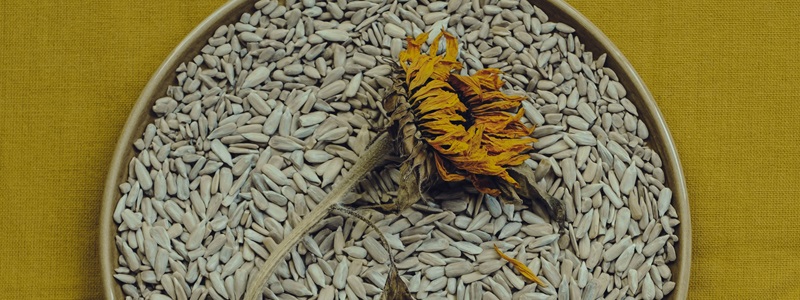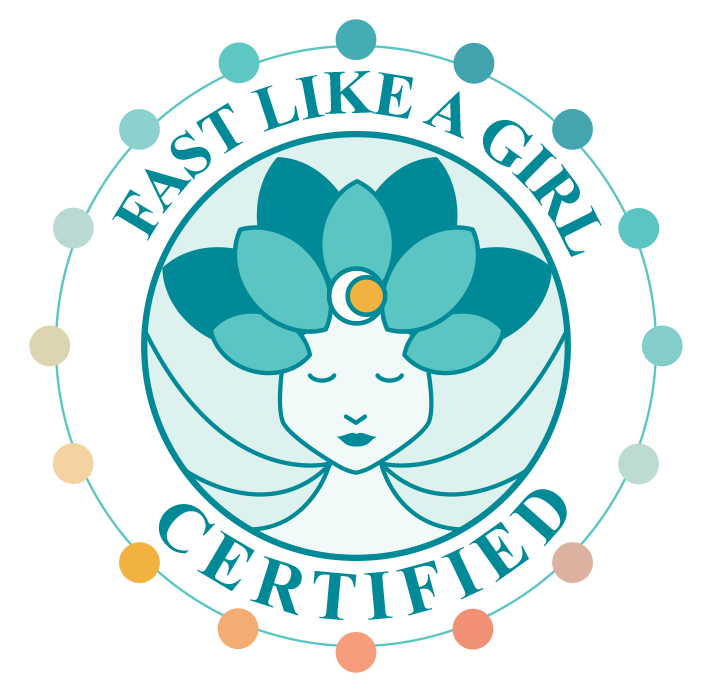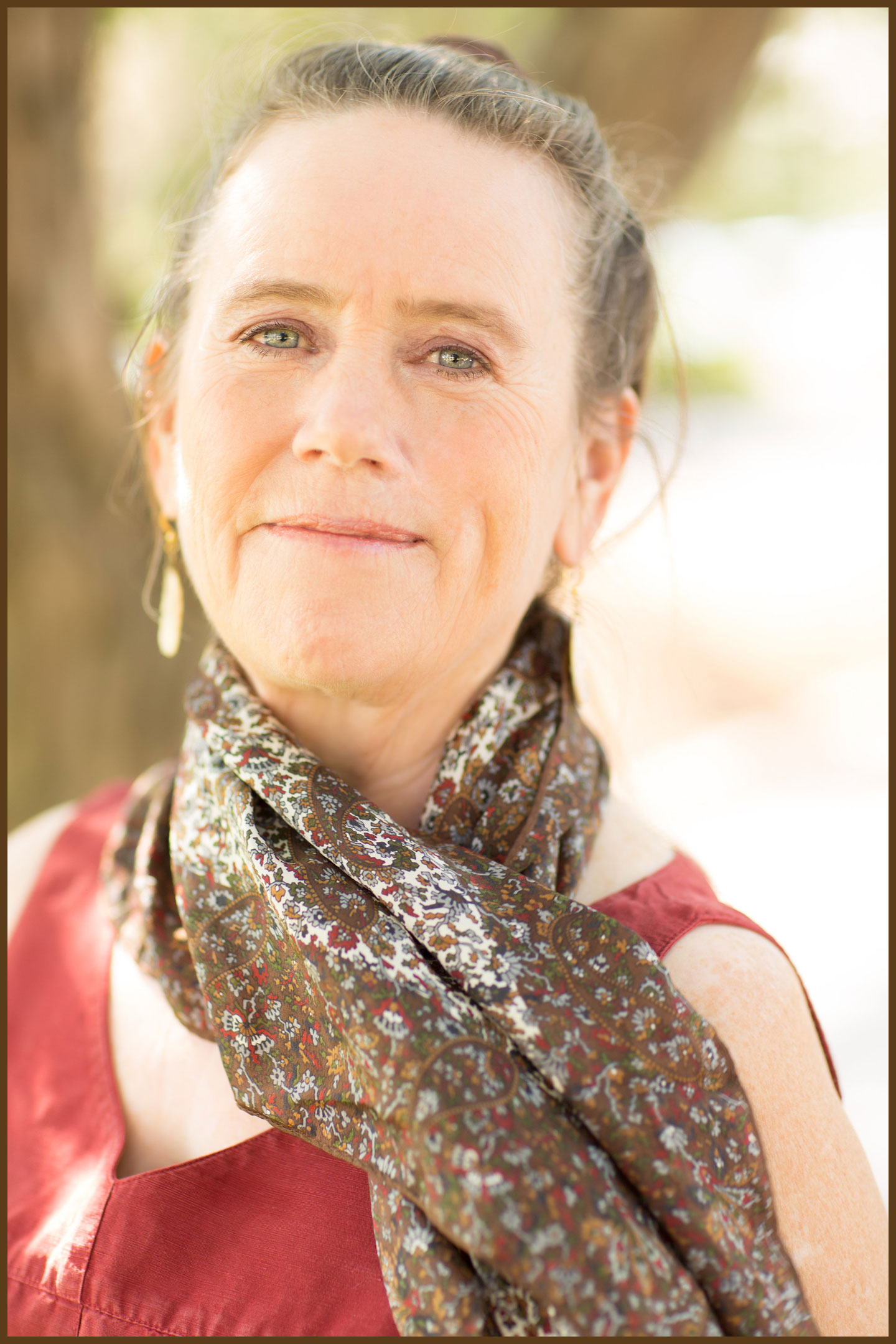A lot of women approaching menopause bounce from doctor to doctor to deal with the symptoms that are making them feel so bad.
Heavy periods, acne, fatigue, sugar cravings, slow metabolism, brain fog, insomnia, low sex drive, burnout, hot flashes, anxiety, and hundreds of other symptoms . . .
These all can be caused by imbalanced hormones, so prevalent in those approaching menopause or even decades before. And some women continue to suffer with these symptoms decades after menopause.
So, they are prescribed antidepressants, but those never quite work right. Then there is HRT or bioidentical hormone replacement with choices of the patch, the cream, or pills, but that can cause as much crazy-making as the symptoms themselves.
Going Back to Nature
But natural medicine has forever used food as medicine. Women can add humble little seeds to their daily food choices in a specific way to balance their hormones.
Eating seeds in a specific rhythmic pattern honors the fact that women are cyclical beings, with a 28-day cycle. Even after menopause, women can tune into their natural monthly cycle by following the moon phases, or just be sure to get both phases regularly. They still need to make those hormones.
My homeopathic mentor, Dr. Gueniot, taught me decades ago about recommending rotating specific seeds throughout a menstrual cycle. Now it is being featured on podcasts, with businesses created which sell seed products created to help balance hormones.
The simple formula is to eat flax and pumpkin seeds in the first half of your cycle, and then sesame and sunflower seeds in the second half.
Yasmin and Kaya, cofounders of Beeya, promote this idea and sell seed blends. Their wellness company helps women overcome hormonal imbalances using organic seeds designed to support each phase of their cycle.
However, you can suppose as I have that seed cycling is ancient. Nobody in the modern world invented it. The wisdom of it has been passed down, probably through woman, and natural medicine adopted it as a practice.
Hormonal balancing at any age
And it’s not only for women going through menopause.
Hormonal imbalances show up for women of any age as PMS or irregular cycles. It’s often about having too much estrogen in relationship to progesterone, and the body knows how to sort that out when nurtured with specific foods.
It is also helpful for women to get their period back after having given birth, another time of wildly fluctuating hormones.
A lot of what is going on with those problematic symptoms is estrogen dominance, which could be due to chemical exposures, blood sugar imbalances, and insulin resistance. Seed cycling creates a modulating effect on hormones, effectively bringing down the harmful effects of estrogen.
Older women adopting seed cycling are inspiring younger women. They say “if I only knew how to support my hormones in my 20s 30s, and 40s, I wouldn’t be where I am today.” So it’s not too soon to start.
Benefits
Seed cycling can help you not only produce those necessary female hormones, it helps you break down hormones, as problems with both contribute to symptoms. The seeds can also help by keeping the balance of estrogen and progesterone intact.
The magical ingredients in the seeds include the mix of essential fatty acids, fiber, and nutrients like minerals and vitamins. They work in so many inter-related ways to balance a woman’s hormones that you know it could only come from Nature’s design.
Seeds are also nice little packages of balanced of protein, fat, and fiber that help to keep blood sugar balanced. They are good to eat at break-fast, whether in the morning or you are breaking your fast later in the day.
Essential Fatty Acids plus
Seed cycling involves the whole seed, ground up just before eating to preserve the oils. You get omega 6 and omega 3 essential fatty acids from the seeds in their natural balance.
I emphasize that I recommend the whole ground seed, not seed oil. Sunflower seed oil in particular is not healthy because it’s highly processed, which makes it inflammatory. I don’t like to see patients use flax seed oil either, because I can smell the rancidity, even in the refrigerated ones. Rancid oils and refined oils are worse for your body than no additional oil at all.
The bonus is that these seeds have anti-inflammatory compounds like selenium, manganese, antioxidants and flavanols.
Fiber
The fiber in seeds acts as a prebiotic, which provides food for the gut bacteria. There is a specific set of bacteria called the estrobiome, which breaks estrogen down. A lot of research has been done on this and the benefits of these particular seeds.
Flax seeds also contain a fiber called lignan. The estrobiome breaks these compounds down into what are called phytoestrogens. These plant-based compounds have weak estrogenic properties which have a modulating effect on hormones.
Women who have estrogen dominance should not be afraid of the lignans in flax, because they do not further increase estrogen, but actually can block some of the effects of endogenous estrogen to create this modulating effect.
People who are not used to a whole food diet are not eating a lot of fiber. When adding the seeds, they can feel a little bloated, which is the gut bacteria working and producing a gas by-product. As the microbiome shifts to be able to use the fiber, the bloat goes away. So, for some it is helpful to start with a small amount then work up to the full recommended amount.
And make sure that you’re hydrated by drinking water.
How to cycle seeds
For women with a menstrual cycle, wanting to get it back, or winding down in peri-menopause, you eat the seeds which nurture specific hormones at that time of your cycle when that hormone is naturally building and peaking.
For the first phase, day 1 (when you first bleed) through 14, you eat ground flax and pumpkin seeds to support estrogen production and metabolism. Work up to one tablespoon of each at your first meal. You can sprinkle them on yoghurt, salad, or anything you want, or eat them straight.
Then at the second phase of your cycle, usually day 15 to 28, you eat ground sesame and sunflower seeds. They both support the production of progesterone, the hormone that is building then. If you can tell when you ovulate, you will know when to start this second phase. Otherwise, count the days, and eventually your cycle will even out.
Menopausal women wanting to cycle seeds can use the moon cycle. Day 1 is the new moon and day 15 is the full moon. To support hormones, it can be as simple as to just eat all 4 seeds, either alternating or taking them all daily.
Addressing Objections
Dr. Steve Gundry has written about the Plant Paradox, saying that foods like these seeds contain oxylates and lectins which can be damaging to the gut.
However, he clarified this point in a podcast with Dr. Mindy Pelz. Dr. Gundry said to not take the harm of oxylates and lectins as an absolute. He admitted that they can be damaging when there is dysbiosis but can be handled by a healthy gut.
Seed Cycling in your diet
There are many, many factors which affect our female hormones. What we eat and when we eat can be a powerful modulator of our hormones, creating wellness on many levels.
During a month, women can eat differently at different times to support her hormone production. The cycle starts with days of low carb, later nurturing with higher carb and making sure there is adequate protein and appropriate fats.
When we put seed cycling into this, a woman’s body can hum along in good health.
These are all approachable, cost-effective strategies for women that are suffering from the symptoms of hormonal imbalance plus for those women who wish to stay healthy.





